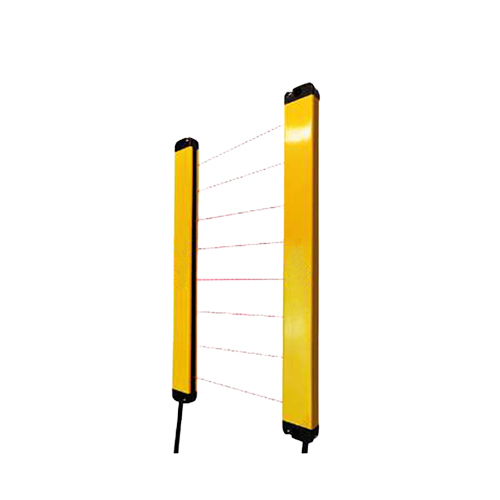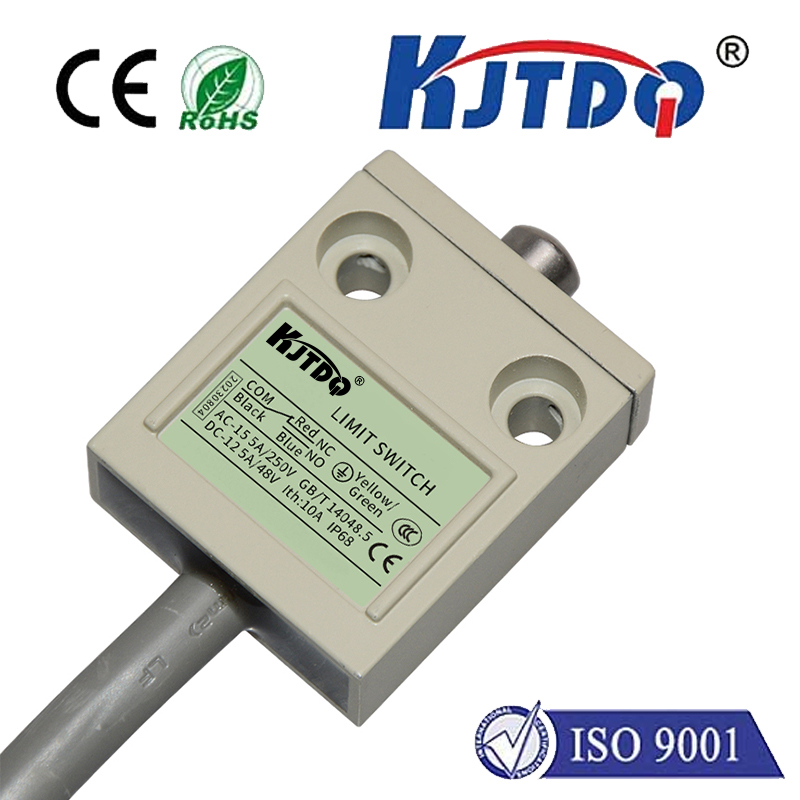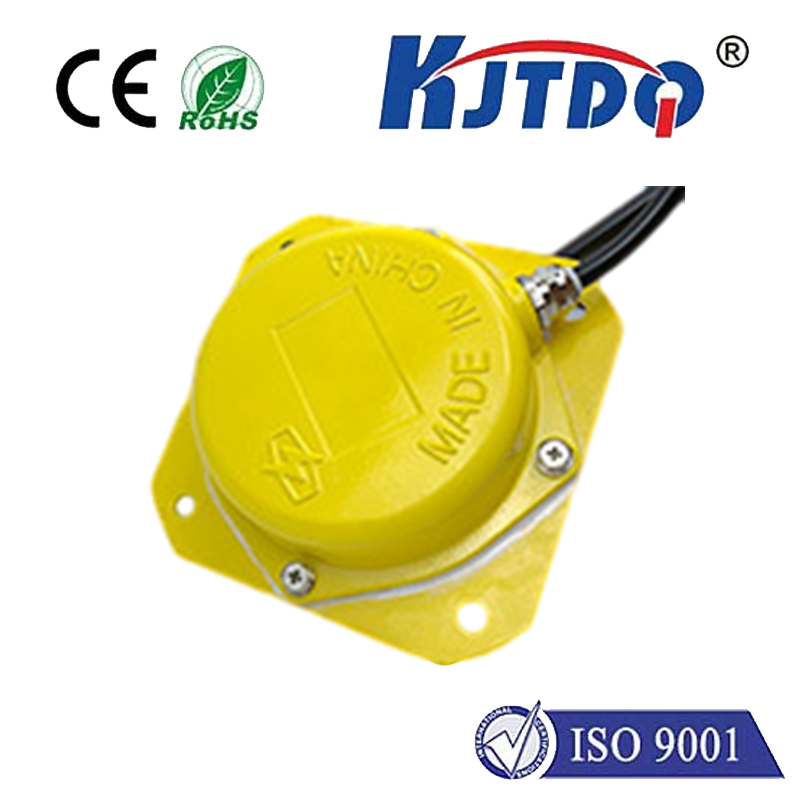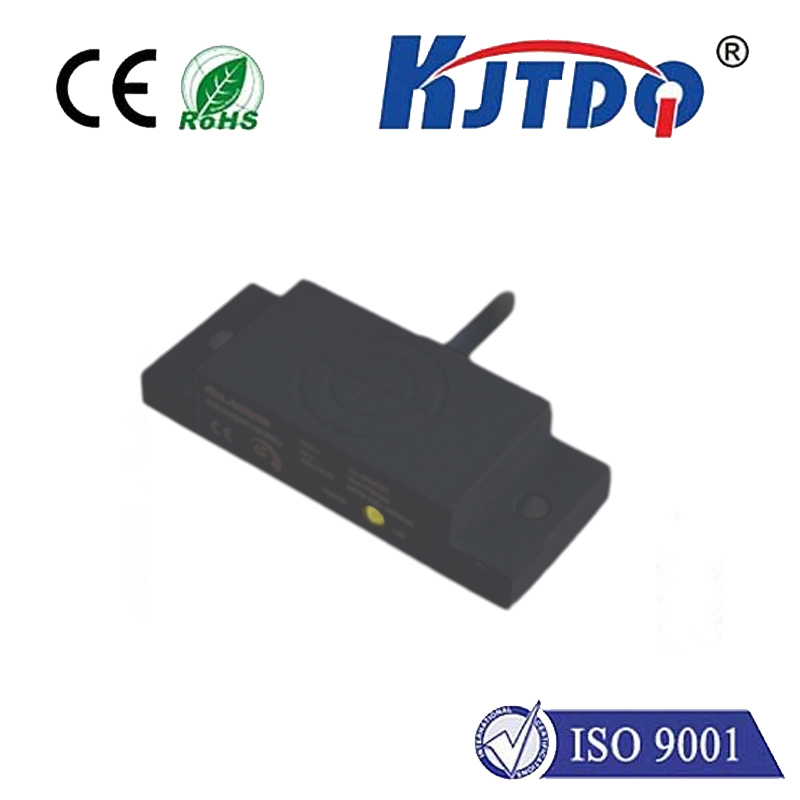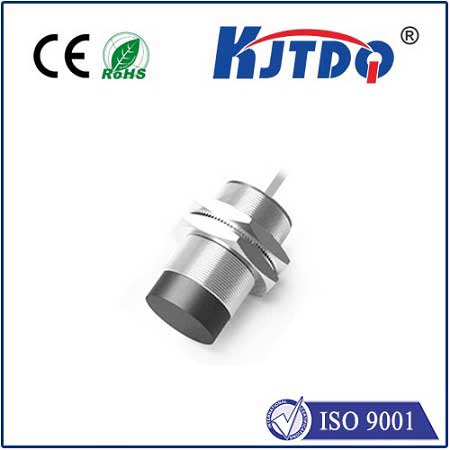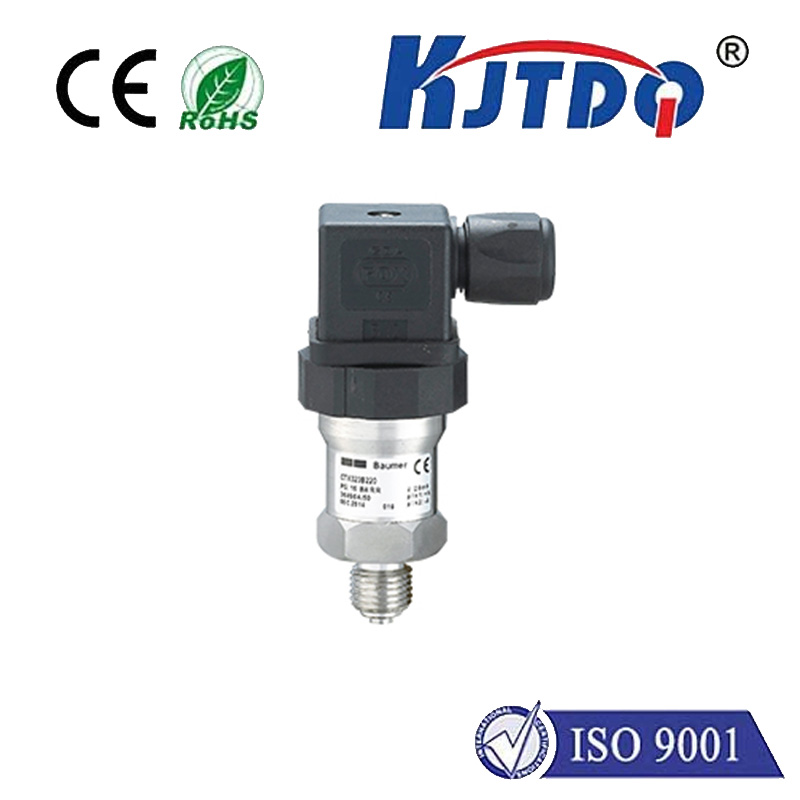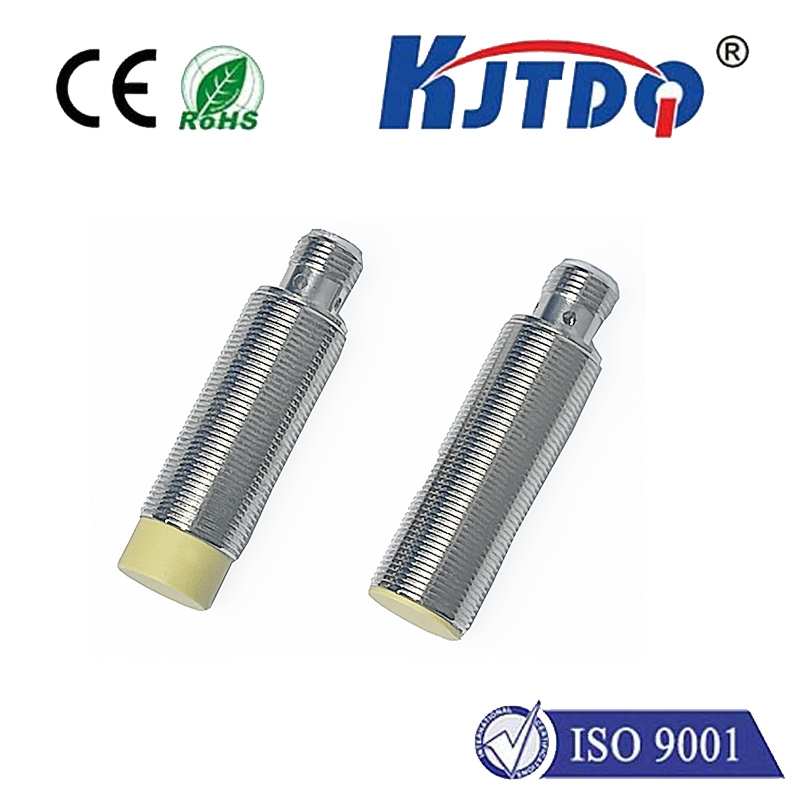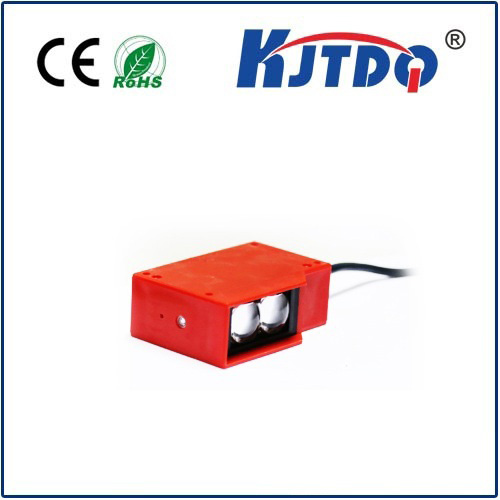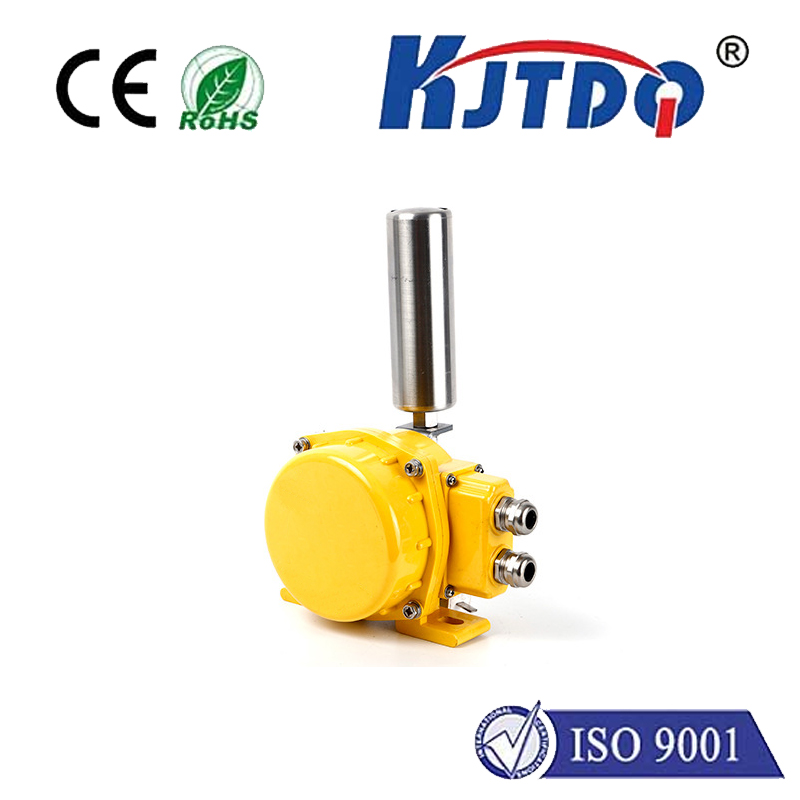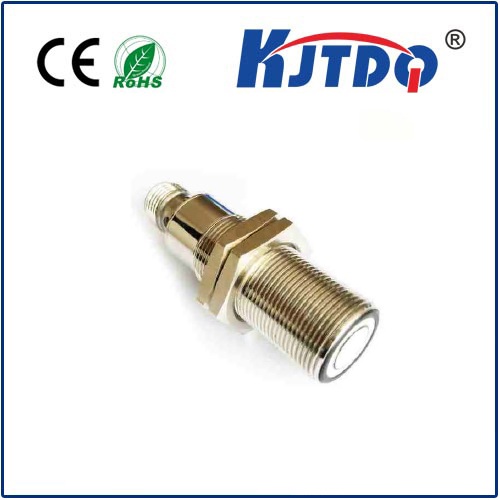Imagine a critical hydraulic press line halting unexpectedly. Production grinds to a halt, costs escalate, and technicians scramble – all because a sensor tasked with detecting cylinder position or component presence succumbed to the intense pressure it was designed to withstand. This scenario underscores the critical importance of specialized sensing solutions in high-pressure industrial applications. Enter the BES01KT High Pressure Proximity Sensor – a purpose-built device engineered to deliver unwavering reliability where standard sensors falter.
The Unseen Challenge: Sensing Under Pressure
Standard inductive proximity sensors excel in countless automation tasks. However, when deployed in environments subjected to significant static or dynamic pressures – think hydraulic systems, high-pressure die casting, subsea equipment, or specialized pumps – their performance and longevity can be severely compromised. Liquid or gas ingress under pressure, physical deformation of the housing, or even signal instability due to stressed internal components are common failure modes. The high-pressure proximity sensor category addresses these specific challenges head-on, and the BES01KT is a prime example of this focused engineering.
Engineered for Endurance: What Defines the BES01KT?
The BES01KT isn’t just a sensor coated in thicker paint; it incorporates specific design features to combat the unique stresses of high-pressure environments:

Robust, Pressure-Rated Housing: The cornerstone of the BES01KT is its exceptionally durable housing. Typically crafted from high-grade stainless steel (like V4A/AISI 316L), it offers outstanding corrosion resistance and, crucially, exceptional mechanical strength. This housing is engineered and rigorously tested to withstand continuous and surge pressures far exceeding those encountered in typical industrial settings. Look for specific pressure ratings (often indicated in bar or psi) in its datasheet.
Advanced Sealing Technology: Preventing media ingress under significant pressure is paramount. The BES01KT employs specialized high-pressure seals, often utilizing materials like Viton or similar high-performance elastomers known for their resilience. These seals are meticulously designed and placed to maintain integrity even under extreme pressure cycles and temperature variations common in demanding applications.
Optimized Internal Construction: Beyond the seals, the sensor’s internal components and assembly process are optimized for pressure resistance. This includes ensuring cavity fillings are pressure-stable and that sensitive electronic elements are protected from compression forces that could alter performance or cause premature failure. This translates directly to enhanced signal stability and long-term reliability.
Proven Sensing Principle: Utilizing the reliable, non-contact inductive sensing technology, the BES01KT detects the presence of metallic targets. This principle is inherently robust, requiring no physical contact, making it ideal for dirty, wet, or highly pressurized environments where mechanical switches would quickly wear out.
Beyond Survival: Key Advantages in Operation
The engineering behind the BES01KT translates into tangible benefits on the factory floor or within complex machinery:
Where the BES01KT High Pressure Proximity Sensor Excels
This sensor finds its niche wherever reliable detection is required despite significant ambient or system pressure:
Choosing the Right Tool for the Job: High-Pressure Sensing is Specialized
Selecting a sensor like the BES01KT isn’t simply about opting for the most robust option; it’s about matching the tool precisely to the environmental challenge. When pressure ratings are a critical factor, a standard proximity sensor is an inadequate solution. The BES01KT High Pressure Proximity Sensor represents a dedicated engineering response to this challenge, offering the ruggedness and reliability needed to keep high-pressure processes running smoothly, efficiently, and predictably. Its specialized construction ensures that detection remains unwavering, safeguarding productivity and minimizing downtime in the most demanding industrial landscapes.
